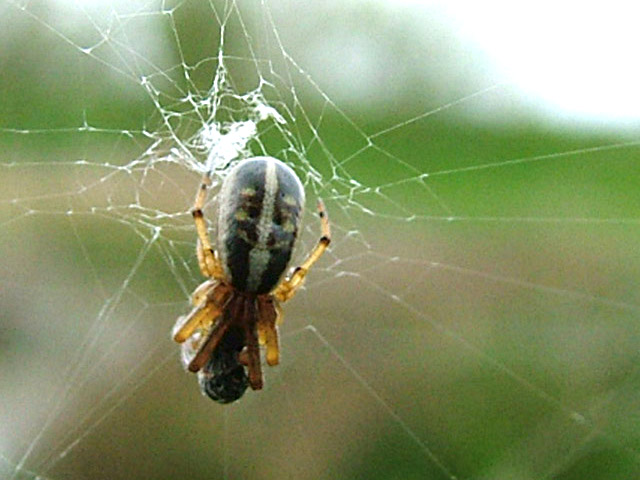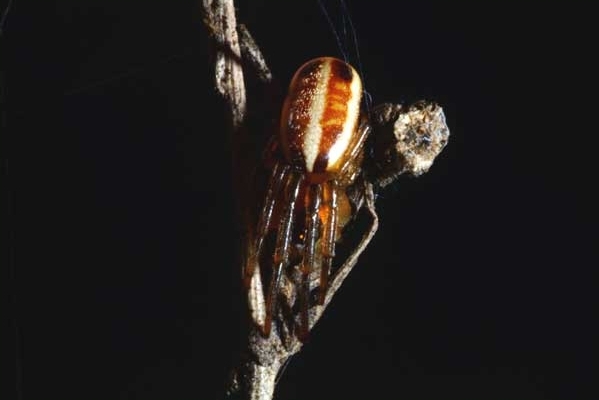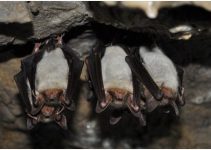The last time scientists had spotted spider species Hypsosinga heri was over 100 years ago – back in 1912, the same year RMS Titanic sank after hitting an iceberg on its maiden voyage. Thus, the species is on the verge of being removed from the British list for being extinct but the move will be canceled after nature hunters found several individuals in southern England.
The last sighting was at Wicken Fen near Ely, Cambridgeshire back in 1912; though there was a previous recorded sighting in 1898. The spider has stayed hidden from sight for over a hundred years – until one was discovered in the summer of 2014.
Volunteers from the Royal Society for the Protection of Birds were doing a butterfly survey at Radipole Lake in Weymouth, Dorset in England when Allan Neilson spotted a brightly colored spider. He could not find it in his field guide, so he took several photos and later posted these to the Spider Recording Society’s web forum to seek help.

It is worthy of note, however, that they have only found females so far. Another group also found other specimen at the Lodmoor reserve in the same area yet these were also females.

Of course, these arachnids need males to reproduce but it is highly possible that they practice cannibalism like Black Widows – this could explain why no males have been found so far and why the species was believed to have been extinct all these years.





